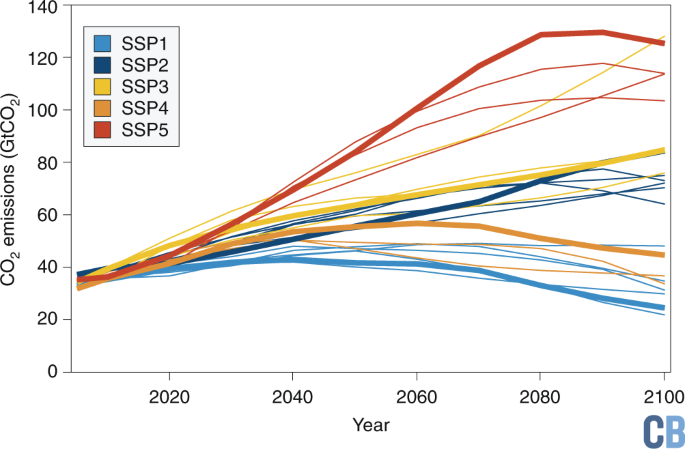
A very helpful interactive interactive visualization on global poverty.
@DanyX23 built this tool that lets you see the share of every country that lives below any absolute poverty line you might be interested in.
This is the share living on less than $20 per day.
👇link/thread
@DanyX23 built this tool that lets you see the share of every country that lives below any absolute poverty line you might be interested in.
This is the share living on less than $20 per day.
👇link/thread
Here is the link to this tool that Daniel Bachler built – have a look at it, it is very interesting really: observablehq.com/@danyx/share-o…
And as another example this chart shows the share of the world population living on less than $10 per day.
And as another example this chart shows the share of the world population living on less than $10 per day.

He based this visualization on my last post for which I made this visualization that shows the share of the world living on less than $30 per day.
"How much economic growth is necessary to reduce global poverty substantially?"
–– ourworldindata.org/poverty-minimu…
"How much economic growth is necessary to reduce global poverty substantially?"
–– ourworldindata.org/poverty-minimu…

But @DanyX23's tool is much more powerful than my one-off chart.
For example you can also see how poverty changed over time.
(Because the countries are ordered by share in poverty, the order of countries changes over time.)

For example you can also see how poverty changed over time.
(Because the countries are ordered by share in poverty, the order of countries changes over time.)


These two charts show the share living on less than $2 per day in 1981 and 2017.
This is close to the UN's 'International Poverty Line' of $1.90.
As in all such data, consumption/income is adjusted for price differences between countries and over time (inflation)

This is close to the UN's 'International Poverty Line' of $1.90.
As in all such data, consumption/income is adjusted for price differences between countries and over time (inflation)


This shows the share of people living on less than $1 per day.
It would be important to publish statistics on such very low poverty lines more regularly.
As this data shows, there are several countries in which a large share of the population lives on less than this every day.
It would be important to publish statistics on such very low poverty lines more regularly.
As this data shows, there are several countries in which a large share of the population lives on less than this every day.

This is the view on the share of people living on less than $40 per day.
In rich countries the majority lives on more than that – in Norway it is 83% who live on more than $40 per day.
But in the majority of countries almost everyone lives on less that.
In rich countries the majority lives on more than that – in Norway it is 83% who live on more than $40 per day.
But in the majority of countries almost everyone lives on less that.

If you are interested in global poverty and global inequality have a look at his work here observablehq.com/@danyx/share-o…
• • •
Missing some Tweet in this thread? You can try to
force a refresh











